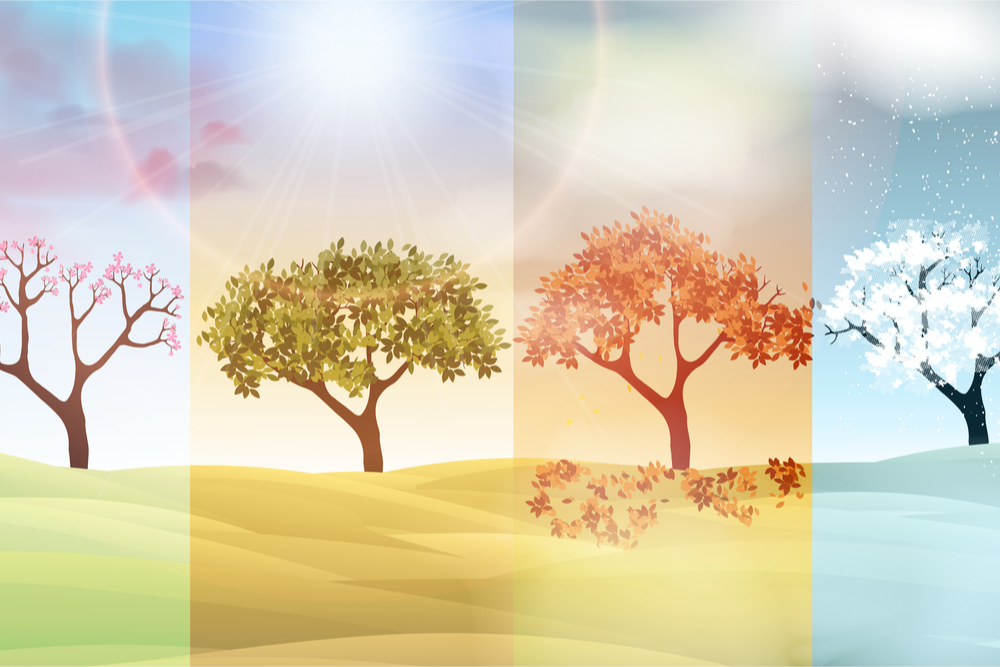
You want to bring more life into your front yard, back yard, balcony or porch. Great! We are extremely excited for you, but before you go drop a ton of money at your neighborhood plant nursery make sure you know your planting zone.
What is a Planting Zone?
Planting zones are a way for gardeners and growers to determine which plants are most likely to thrive in their location. The map is based on the average annual minimum winter temperature, divided into 10-degree F. Knowing your planting zone (or plant hardiness zone as the USDA calls it) is vital to a plant’s survival.
The Zones: A Quick Breakdown
Zones 1-5: Northern U.S. including almost all of Alaska. These places are cold a good part of the calendar year and temps can drop below -20 degree F.
Zones 6-7: These zones see all of the seasons. Their temperatures rarely drop below -10 degree F. Generally these zones range from the middle of the U.S. down to northern Texas.
Zones 8-10: In these zones, temperatures are pretty steady all year long. They rarely see temperatures drop below 30 degree F. These places are categorized as sub-tropical for the most part and this shows in the vegetation of these zones.
Why Planting Zones Matter
Planning your new garden, and having it be successful, relies on where your planting zone is. Any experienced local landscaper will have a vast knowledge of what can and cannot grow in your zone and when to grow it.
Plants Do Well In All Planting Zones
One plant seems to do well in all zones and that is the verbena plant. This beautiful resilient plant powers through all extremes that each zone brings to it and just plain looks great when it blooms.
Check out our Landscaper List to see what planting zone your city is in and find a landscaper that can help you plan your next project!
